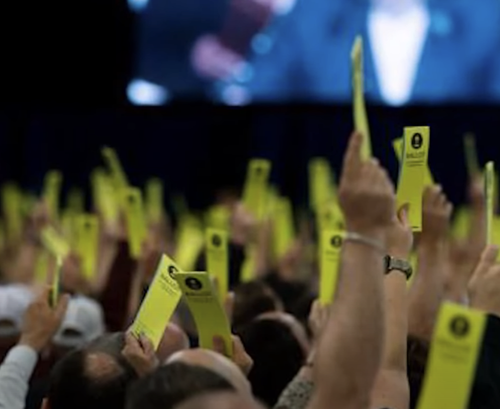After a week away, it’s nice to be back. Making headlines this week: A U.S. senator is demanding to know if the Christian aid organization World Vision is funding terrorism, Ken Chitwood reports for Christianity Today.
Pope Francis is going to Marseille to talk migration, but will Europe listen as it scrambles to stem an influx? The Associated Press’ Nicole Winfield, Trisha Thomas and Sylvie Corbet tackle that question. And Jerry Falwell Jr.’s latest legal battle with Liberty University — and his brother — has escalated, according to Religion News Service.
This is our weekly roundup of the top headlines and best reads in the world of faith. We start with the latest news — and there’s a lot of it — from the Southern Baptist Convention.
What To Know: The Big Story
Is sin a private matter?: A lawsuit filed by the Rev. Johnny Hunt, a former Southern Baptist Convention president, against the SBC’s Executive Committee and Guidepost makes that claim, Religion News Service’s Bob Smietana reports. But legal experts are skeptical, Smietana notes.
The longtime megachurch pastor is upset over the disclosure that he covered up his sexual misconduct for a decade, according to the RNS story.
Moments that made the Rev. Bart Barber: The Conservative Resurgence that the SBC’s current president defied is now shaping his leadership, The Tennessean’s Liam Adams writes.
In other coverage, Adams notes that a top SBC committee documented a former CEO’s “professional fraud” but won’t pursue legal action. And Southern Baptist leaders are promoting strength even as a top committee faces increased instability.










